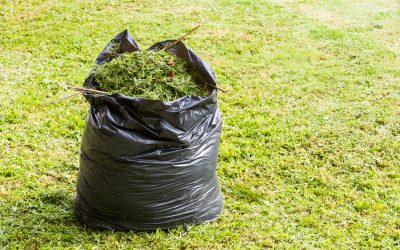When to start Mowing Your Lawn

Four lawn cuts by mid February.
Maintaining a lush, green lawn is a point of pride for many and a chore to others. However, knowing exactly when to start mowing your lawn can sometimes be a bit of a mystery. Traditionally the mowing season was from March until October, after which you could forget about moving until the following year. Our climate is changing, the seasons are shifting and so our lawns are growing for more of the year. In fact other than when the temperatures drop below about six degrees your lawn is still growing all be it slowly. With my lawn in Hawarden, I stopped mowing last year in mid-November and as mad as it sounds it had its first light cut on the 1st January. This was more of a tidy up than a full cut but the mower was out non the less. So far this year by mid February with the abnormally mild weather my lawn has had four cuts, a light scarify with the rake attachment and a series of winter feeds. However, four cuts so early in the year isn’t necessarily normal. .
The Kickoff to Mowing Season
March is when early spring starts and our gardens start in to come to life. Lawns start to thicken up, dry up and with it, the first real growth spurt of the year.
Once we have had a few dryer days it’s time to start cutting lawns. At this stage of the year your lawn shouldn’t be cut too short as we don’t want to put the lawn under too much stress. A cut once a fortnight should be sufficient for fine lawns until mid April, then moving to weekly cuts towards May. Lower quality lawns will be fine with a single cut in March and then fortnightly in April and May.
Summer: Maintaining a Healthy Growth
As spring transitions into summer, your lawn will be in full growth mode. During this time, your lawn should be cut regularly to maintain an optimal height. Frequent mowing will encourage your lawn to thicken and cover the patches left following winter.
After the initial growing spurt your lawn will slow down in June and depending on the weather. It may even stop growing altogether should we have a drought in July or August. How your lawn copes with the dryer weather will depend very much on the level of care it receives, how much irrigation and how much nutrition it has received. If we have a warm but wet summer your lawn will continue to grow rapidly and require more frequent cutting.
Autumn: Slowing Growth
As autumn arrives and temperatures begin to cool, your lawn will start to slow its growth in preparation for winter. We continue to mow your lawn as needed, ideally weekly until October, but gradually raise the cutting height to leave the grass slightly longer and reduce the frequency of the cuts if required. The slightly longer cut helps to insulate the roots and provides some protection against frost and cold temperatures.
By the time winter arrives, your lawn should be at a manageable height, ready to withstand the challenges of the colder months.
The Last Cut
Knowing when to mow your lawn is essential for maintaining a healthy and vibrant lawn throughout the year but when is the last cut? This is hard to answer, however in our corner of North Wales we can still be cutting well into November. Depending on the conditions, such as snow, frost or low temperatures and if your lawn is still growing there is no reason to stop cutting at all. The cuts into winter will just be occasional, as and when needed rather than a regular mow.
By following the seasonal cues and paying attention to the height of your grass, you can ensure that your lawn remains in top condition from spring through to winter. So, grab your lawnmower and get ready to enjoy a beautifully manicured lawn all year round. If you would rather enjoy your lawn rather than work on it, we would be delighted to assist. We offer lawn care in Hawarden, Ewloe, Northop, Mold and all surrounding areas of Flintshire. So if you’re looking for lawn mowing in Hawarden, a lawn renovation in Northop or lawn scarifying in Mold please get in touch for a no obligation quotation.
.


